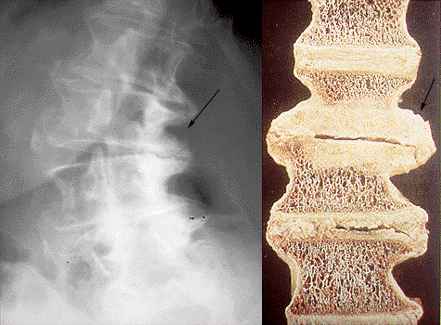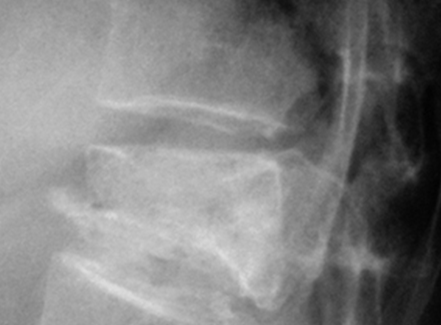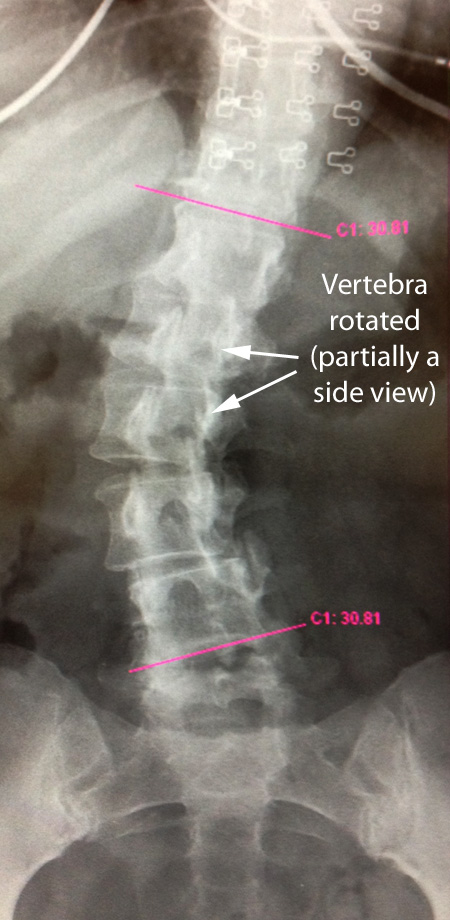There are really two main types of problems that cause spinal-related pain, and patients can have one or both of these conditions:
1) The spine is wearing out (degenerated discs, arthritis, etc.)
2) Nerves are compressed (symptoms include pain down the arm or leg).
More information is available on several different types of common spinal disorders in the categories listed on the left side of this webpage.
Some of the more common spinal disorders are listed here:
Disc Herniation
A disc herniation is a rupture and/or bulge of a interverterbral disc. Commonly, a herniated disc is called a “ruptured” or “slipped” disc and occurs when part of the disc material pops out of place and bulges into the spinal canal, sometimes placing pressure on the nerves.
Very often, pain from a pinched nerve will extend down the leg below the knee. When this process occurs in the neck, pain will usually radiate below the elbow.


Discogenic Pain
This category refers to pain generated by the disc itself, rather than from nerve compression. If you think of the disc as a cushion, the pain from a flat or ineffective cushion or shock absorber between the bones (the dark disc pictured here) can cause pain in the low back, the buttocks, or the back of the thigh.
If this process occurs in the neck, symptoms can include referred pain to the area between the shoulder blades, the shoulders, and headaches

Degenerative Spine
Degenerative spine disorders occur as the interverterbral disc detioriates. This is commonly a result of aging. Over time, repeated daily stresses and minor injuries can add up and begin to affect the discs in your spine. The disc eventually begins to suffer from the wear and tear – it begins to degenerate.


Sprains/Fractures (Trauma)
A sprain (or strain) is caused by an injury to the soft tissues surrounding the spine: muscles, ligaments and/or tendons. A fracture is a complete or incomplete break in a vertebrae (bone) and is usually due to conditions such as: osteoporosis (a condition which weakens the bones), excessive pressure, a very hard fall or some kind of physical injury.
Tumor or Diseased Bone
In this MRI, and example can be seen where the vertebral body has collapsed from diseased bone, in this case with metastatic (spread) of cancer. The bone becomes weak, cannot bear the normal loads, and as a result, fails to support the weight and fracture. Fractures through diseased bone are called pathologic fractures since the bone is not normal.


Spine Deformities
Spine deformities are malalignments, curvatures of the spine. All spines have curves, but occasionally the spine twists and develops curves in the wrong direction, affecting a person’s posture.
To look at a spine from the front, it should be straight. When the spine is not straight, but has a curve to the side, that deformity is called scoliosis, pictured to the left.
When the deformity involves bending forward more than normal, that deformity, pictured below, is called kyphosis.

These deformities are often not very painful until some of the spinal structures (discs and joints) become worn out, or until nerves get compressed.
